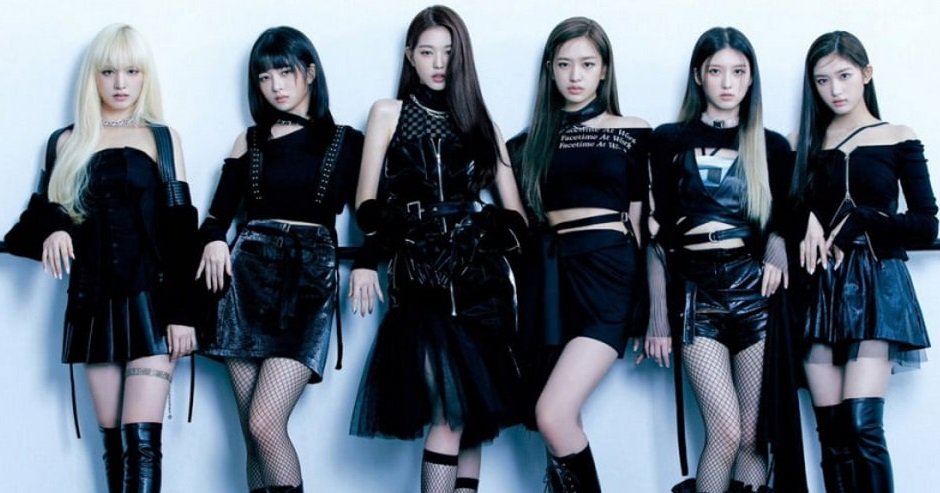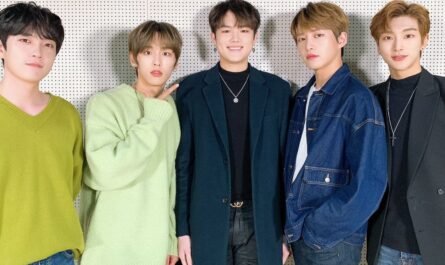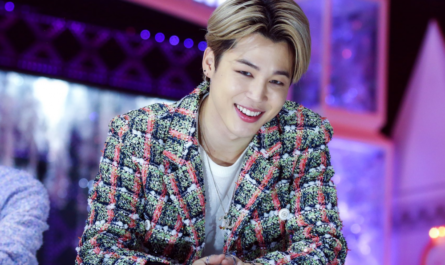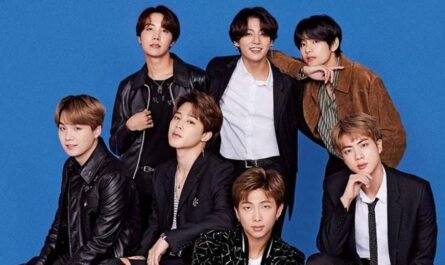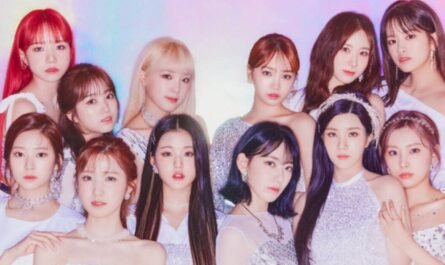Ive and Le Seraphim have been announced to appear in Japan’s NHK. It is a song festival broadcast on December 31 every year and is a national broadcast with the highest viewership rating and awareness among Japanese year-end music festivals.
There has been a precedent for Korean singers who have been popular in Japan for a long time. From ‘King of Singer’ Cho Yong-Pil to ‘Asian Star’ BoA, TVXQ, Girls’ Generation, and Kara, Twice appeared.
The appearance of a Korean singer in red and white was a reflection of local popularity. But, at the same time, it was an opportunity to raise awareness nationwide again through appearances.
This year, Twice, Ive, and Le Seraphim were invited. However, unlike Twice, who has appeared in red and white three times, Ive and Le Seraphim are rookie groups in their first year of debut. In addition, I’ve only released a Japanese debut single in the latter half of this year, and Le Seraphim has yet to make a Japanese debut.
However, there is a crucial difference between Japan and Korea. It is the historical socio-cultural continuity and the difference between domestic and foreign-oriented cultural industries. South Korea is a society where disconnected changes occurred in the late 80s and early 90s from the previous social image. After formal democratization and the end of the Cold War, open doors, globalization, and cultural autonomy took place.
This coincided with the supply of North American popular culture and IT infrastructure that came in after the 1990s and changed the contents of the cultural industry. The lifestyle and values of the younger generation changed dramatically. Comparing songs popular in the late 80s with songs popular in the early 90s, you can see essential differences in genre and style, even though there is only a difference of a few years.
Such a disconnected change has yet to occur in the Japanese cultural industry. For example, suppose you listen to the songs of Seiko Matsuda, a female idol in the 80s, Morning Musume in the 90s, and AKB48 in the 2010s. In that case, there is a difference in rhythm in the arrangement, but there is no change in the essential sense composed of enka-style melodies.
In other words, Korea is a discontinuous society in which the music industry has been reorganized around black music, such as hip-hop and R&B, which dominated Billboard music through the 90s. On that flow, homogeneity with global culture and the latest trends has been constructed. On the other hand, in Japan, at least in the mainstream music world, Billboard music and black music have never been popular. It is a continuous society where the unique tastes and senses consumed in the country have continued until now.
The Korean cultural industry had suffered a blow since the 2000s when the concept of copyright was circumvented through Internet content sharing. With the shrinking domestic market, they entered the overseas market, and K-pop was the spearhead that pioneered the overseas market in the most organized way. While targeting domestic and overseas markets, domestic and global tastes became homogeneous, and they continued to accept and imitate foreign trends. Japan is a country with a much larger domestic market than Korea. It has twice the population and the most significant music market after the United States.
There was no need to advance overseas as the independent industrial foundation was tightly polished. Last year, it recorded the highest box office hit on Netflix, and the global economic effect achieved is estimated at 1 trillion. Do.
This is the background for K-pop agencies to see Japan as the most important market and have appeared in local music festivals such as Red and White Gahapjeon, even proceeding with pre-recording Korean year-end music festivals. Conversely, Japan’s market structure, which is content with domestic demand, has created a market far from global trends and lacks novelty and dynamism.
To sum up, Korea and Japan are facing a state of depletion of creatives in the domestic cultural market amid the aging trend. However, the most crucial point in this topic is that Korea’s global-oriented industrial structure continues to create new content tailored to external trends linked to the taste of the younger generation, which is becoming a minority in Korea.
In other words, the direction of aging leaks out in Korea because the cultural industry structure is bursting outward. Still, in Japan, the pressure of aging is not neutralized because it is a closed structure centered on domestic demand. As a result, the culture enjoyed by the younger class is not sufficiently reproduced and is transfused through external global culture, K-pop.
In Japan, if the ‘Korean wave in the past was consumed famously through dramas or localizations that were particularly popular locally, K-pop today is a global culture that goes beyond Japan and is finished in a way in which the younger generation directly participates in the worldwide network. It is becoming. This is the background behind the somewhat unreasonable situation that public broadcaster NHK invited new K-pop groups that had not even been active locally to a national year-end event.

